Cassius Dio tells us that she originally came to Rome as a slave from Asia Minor. Her name tells us that prior to being freed she most likely belonged to either the Emperor Claudius or to his daughter Octavia.
[Coin showing Claudia Octavia on one side and the goddess Hera Perinthiōn on the other]
[1st century CE, source: Wikimedia Commons]
[Bust of Emperor Nero, Musei Capitolini, source: Wikimedia Commons]
For all that she seems to have been an important person in Emperor Nero’s life for a short while, we know very little about Acte, with nearly all of our information coming from his biographers, who devote to her only a line or two each.*** At the very least she seems to have been intelligent enough to counter Agrippina for a while.
*Or at least his three-year love affair with her. We have little to no idea how she felt about the matter.
**For a given value of monogamous. Legally a man could have either a wife or a concubine, but not both. For more info on this see here and here.
***Her epitaph has been found, but the text of it appears not to be available anywhere online. *grumble grumble*
Cassius Dio, Roman History 61.7 - Lacus Curtius
Suetonius, Life of Nero (sections 28 & 50) - Lacus Curtius (Latin text here)
Tacitus, Annals 13.12, 13.45, 14.2 - Lacus Curtius (Separate links)
Claudia Acte - Wikipedia
Agrippina the Younger - De Imperatoribus Romanis
Nero - De Imperatoribus Romanis
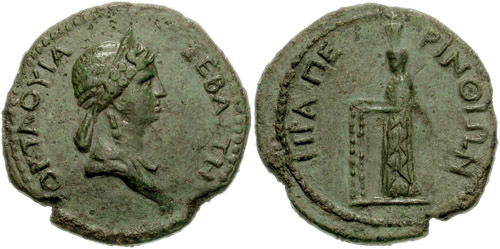
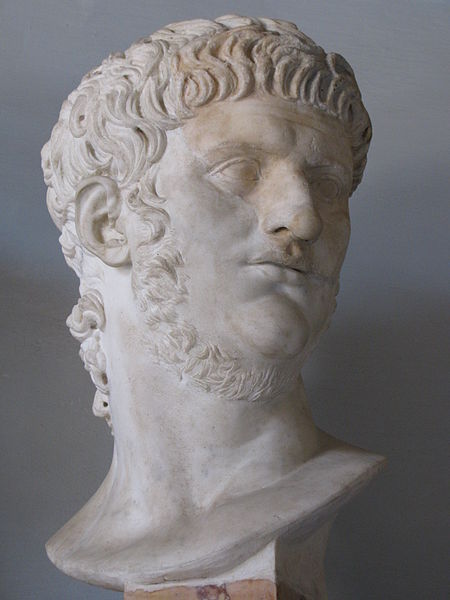
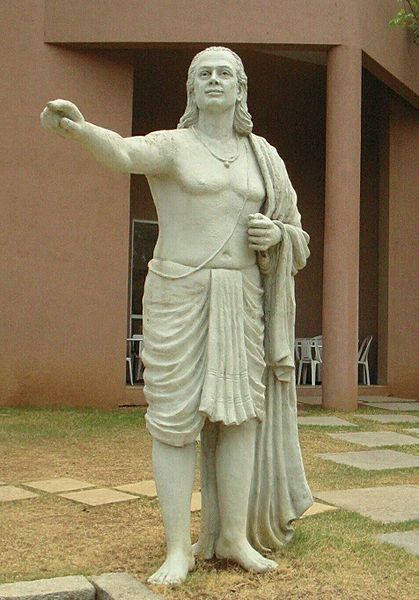
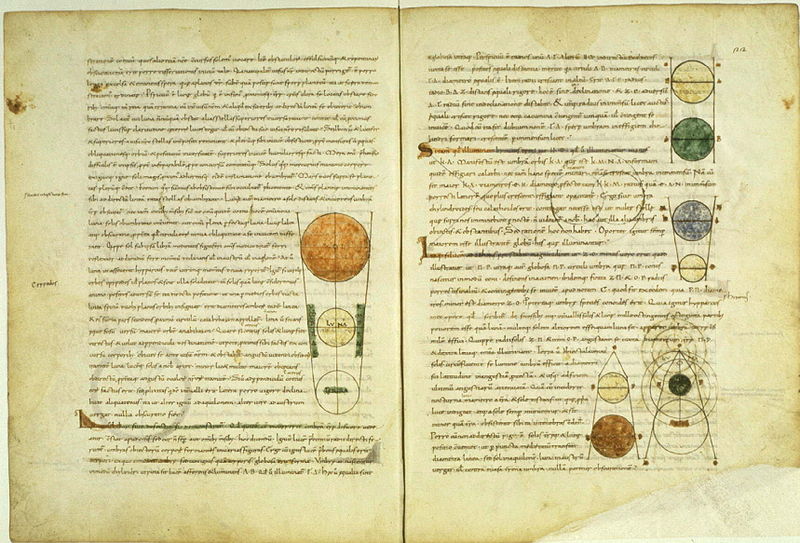

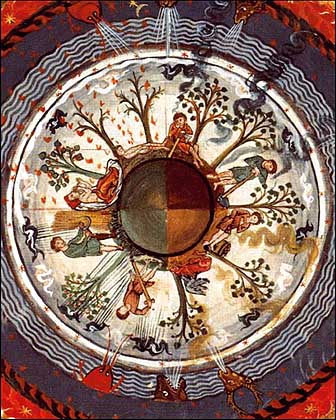
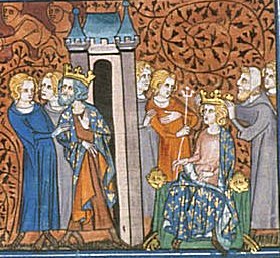


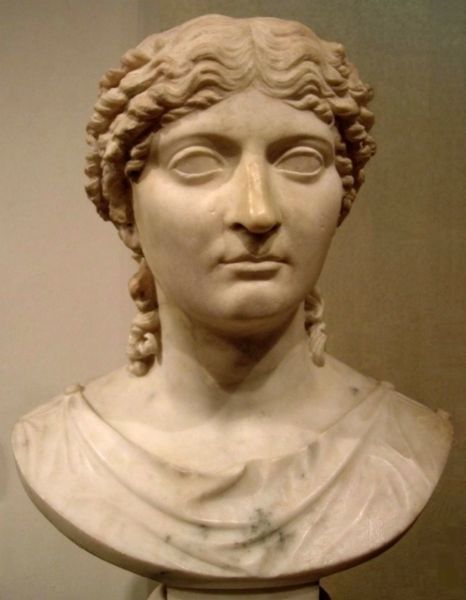
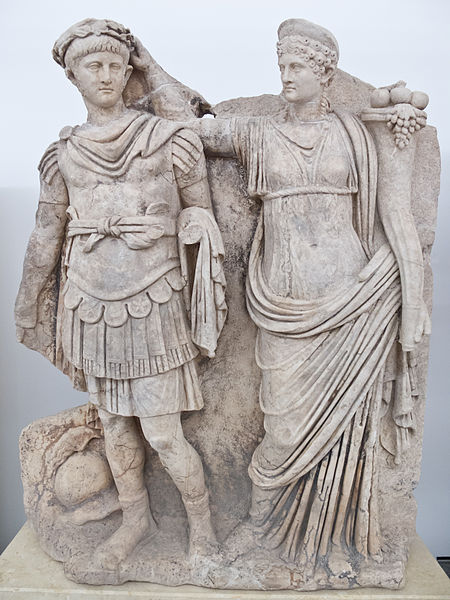
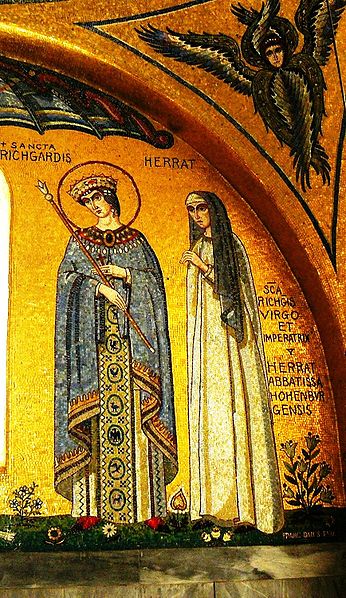

 RSS Feed
RSS Feed
